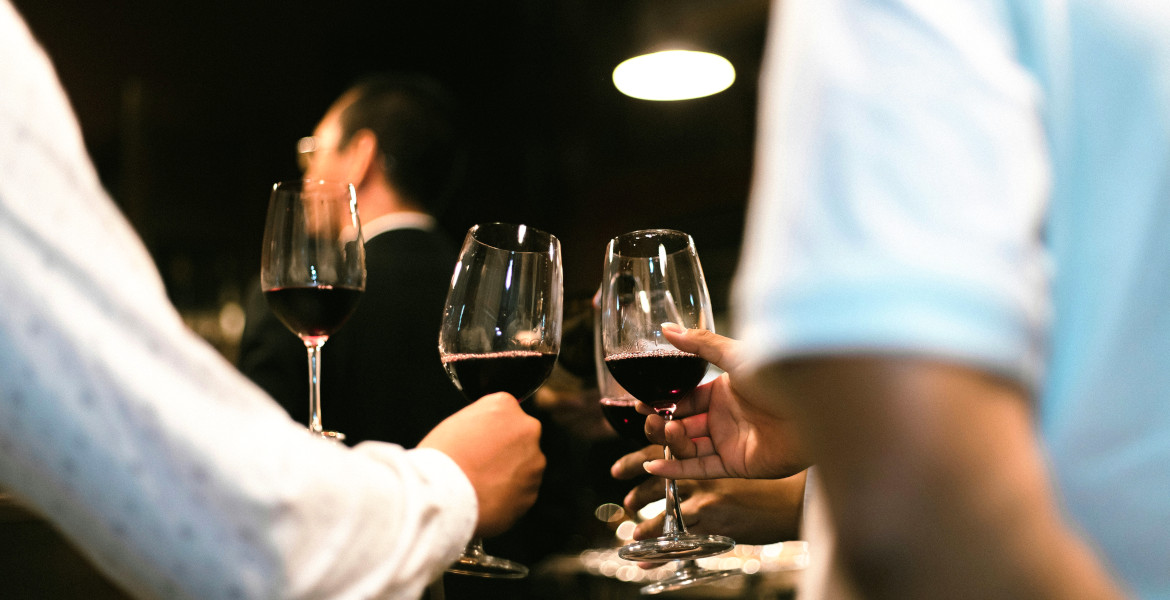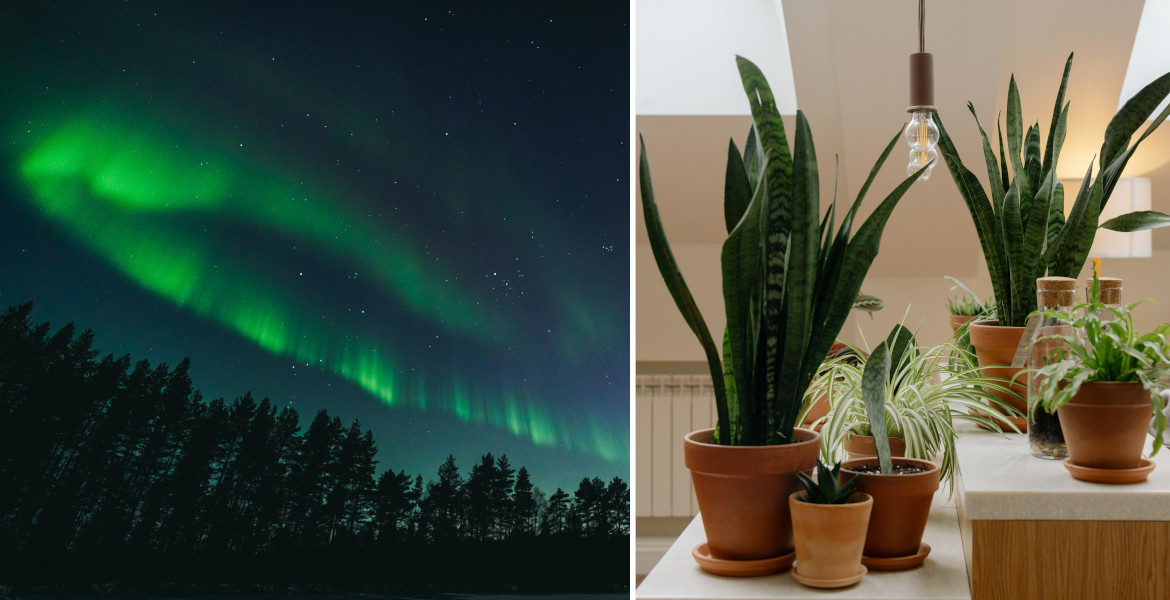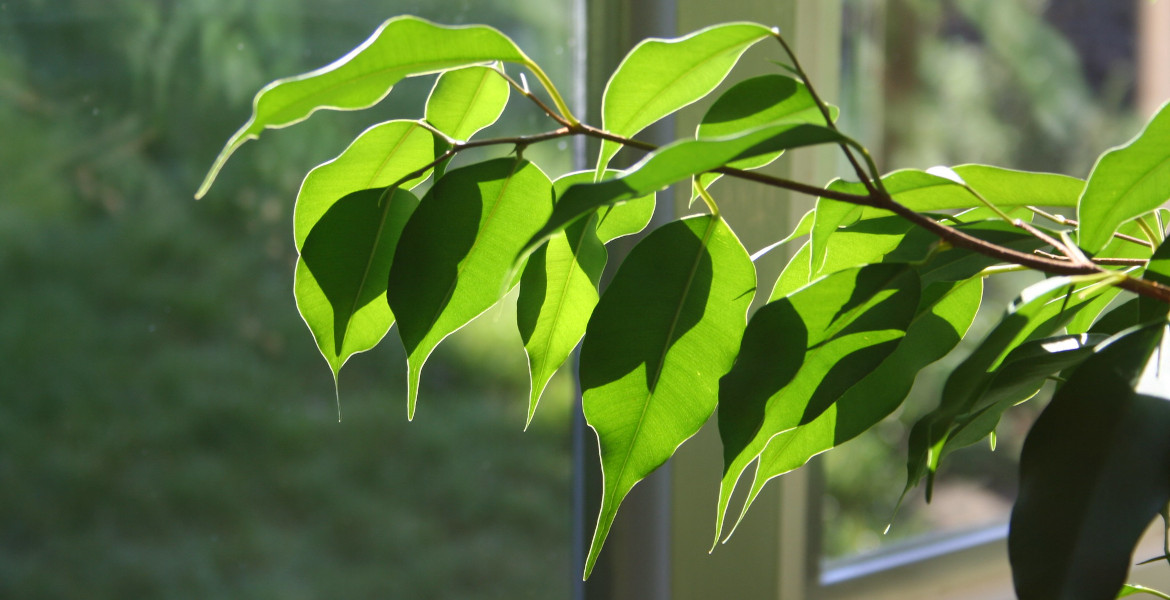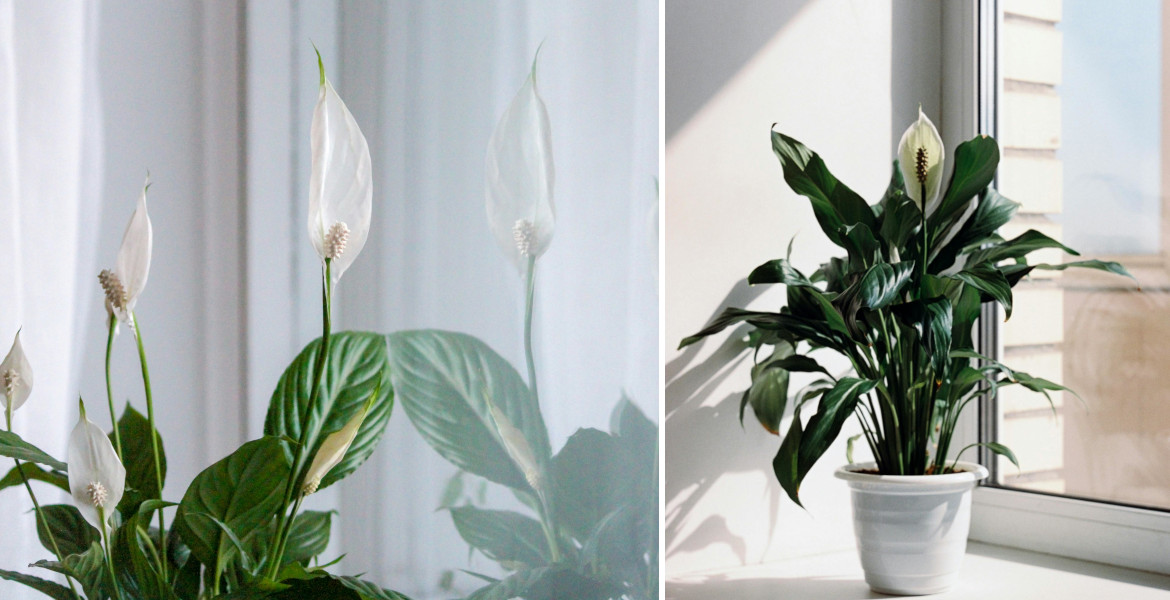A new study shows that European wine contains PFAS levels up to a thousand times higher than tap water, with some of the most contaminated bottles ranking among the top sellers.
In a collaboration with various European environmental organizations within the Pesticide Action Network Europe (PAN Europe), which includes the Swedish Society for Nature Conservation, 49 different red and white wines have been analyzed for PFAS.
The results show that all the wines tested contain high levels of the PFAS substance TFA. The presence of TFA has increased at a record rate in recent years, but wines from 1988 and earlier contain nothing of the substance, while the levels have exploded from 2020 onwards. These wines contain between 21 000 and 320 000 nanograms of TFA per liter.
– The grapes are likely to have been contaminated via the water they were watered with, but also from PFAS pesticides. This is a clear example of how our food is affected when PFAS is spread in nature, said Karin Lexén, Secretary General of the Swedish Society for Nature Conservation, in a press release.
One of the worst wines with high levels of TFAs is Systembolaget's best-selling bottled red wine, the French Grand Sud Merlot. The wine contains 220,000 nanograms of TFA per liter, which is about a thousand times more than the Swedish tap water tested by the Swedish Society for Nature Conservation last year.
– This shows what PFAS emissions lead to and how widespread the spread is. We have a PFAS crisis and these harmful substances that never break down in nature are seeping into more and more of our food - even wine, says Lexén.
Facts: TFA
Trifluoroacetic acid is a chemical used in the manufacture of pharmaceuticals and pesticides, among others. It belongs to the PFAS family and is very difficult to break down in nature. TFA can be formed as a breakdown product of other fluorinated substances and is easily dispersed in water, making it problematic for the environment.
TFAs are harmful to aquatic organisms and are being investigated for adverse effects on fetal development. However, there is no EU-wide limit for TFA, although the Netherlands has introduced a national limit of 2 200 nanograms per liter for drinking water.
Source: Naturskyddsföreningen












